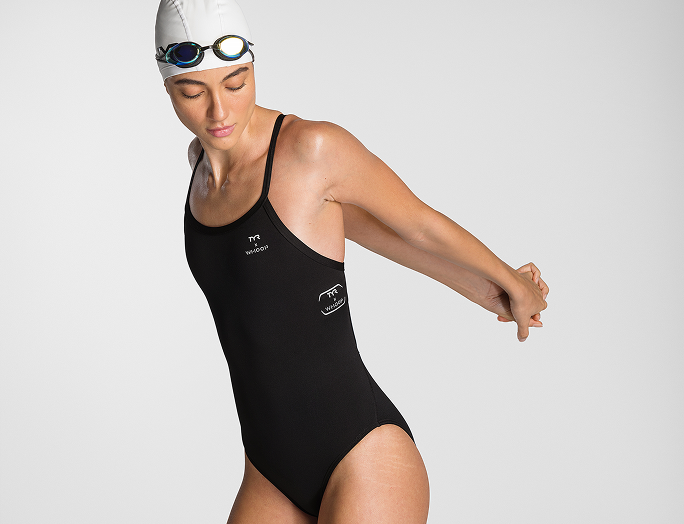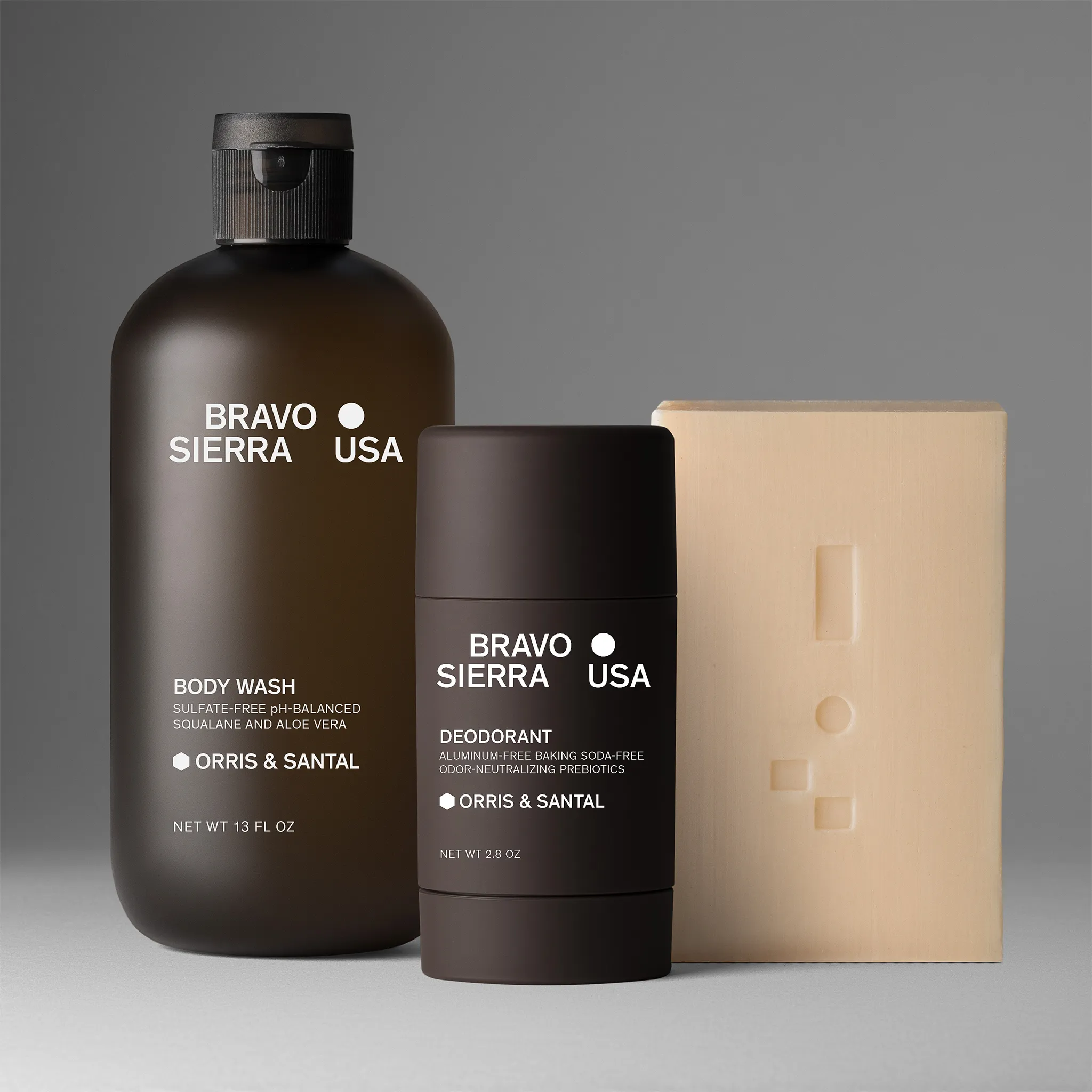Creating a shadow for a product image may sound like a basic Photoshop routine or a regular task for a photographer, yet every professional in product photography industry will confirm the complexity of this mission.
It requires an advanced spatial thinking, knowledge of optics, understanding of the physics of light diffusion, as well as exceptional command of the image editing software tools. Moreover, a poorly executed shadow or even its absence may feel off due to the flatness and some artificial look to them. While a properly designed layered gradational shadow will introduce a 3D effect to the entire shot.
Yes, the humble shadows will elevate your product, bring it back to life from flatness, provide dimension and make it more real and credible. In fact, an object without it may look totally off, unnatural, uninviting, and pointlessly floating in space. Give it a bit of definition with shadow – it springs back to reality and simply becomes more trustworthy right away. See it with your own eyes:
Why Shadows Matter: not so auxiliary after all
Shadows for product photos are an art in fact if done properly.
As in any trade, you can follow a shortcut and get edit in a shadow that looks fake. If done properly with all the mask layers, the process is labor-intensive, time-consuming, and requires advanced photoshop skills. Should product photos have shadows? Indeed, the answer is affirmative. More often than not it’s good to give your product a shadow.
Should all of the product images have a shadow? Definitely not. Ghost mannequin product photos, for example, don't call for a shadow at all, vice versa, they look better without any. Yet, in accessory, bag, cosmetics product photography as well as pinned or hanging product images, shadows will benefit a picture.
Look professional
Even the reason why a product image with a shadow will look more professional than the image without it will go unnoticed to an untrained eye, it will definitely look more professional.
Make a product more natural
As demonstrated in the shadow-less image above, it does look off, unrealistic, and generally odd. Give it a shadow – and it becomes 3-dimensional and true-to-life.
Provide consistency to a series of products
When products line up in neat rows on a product page, product photo consistency is vital for a professional look, that instills credibility and trust in a client's mind. Many shops will use shadows consistently across the series of the products for catalogs for this reason – which is the best practice at Squareshot.
Drive the credibility and trust in the buyer's eye-raising the purchasing intent
On a subconscious level, people are attracted to things symmetrical, harmonically-looking, and well-balanced. Similarly, we strive for beauty and harmony in ecommerce too. In fact, 90% of users see quality photography as the most vital aspect for online sales. And the difference between uploading an OK image and a great one may yield a 30% difference in conversions.
Anything that looks artificial and unreal makes us want to run for our life. In ecommerce, it means to bounce. If they see an off image – they bounce. If they see a natural image – they start trusting you and will consider buying.
Give them a sleek fashionable look
Just check out HOW sleek these glasses look! Reflection shadow is not so tough to do and looks literally glossy. It’s often used for jewelry and accessory photography.
Give it a creative spin
Yes, a shadow can actually play the first fiddle in an image. Or at least be an equal player on the court. See below how a tennis champ Stakhovsky, who developed a passion for winemaking now, uses a shadow for his brand story making.
Types of shadows in product photography: natural, reflection, drop
Natural shadow: a quick fix with no post-production
Natural shadow is used in commercial photography for a few reasons, one of them being a simpler post-production routine as opposed to designing a new one. It's the type of shadow that is created when you use one source of light falling onto a subject and the natural shadow is then cast onto the surface behind the product.
With such lighting setup photographers may also use some kind of diffuser or reflector, that can help bounce light off the darker side of the object, but still allowing enough darkness for the shadow to form. This technique requires good spatial imagination and a fundamental knowledge of optics and shadow formation to get it right. A photo editor needs to have a general understanding of the 3D space and relative position of the object towards the source of light.
There are instances when we recommend leaving the natural shadow over designing a new one in photo editing software. For example, a cap that sits on a surface, will cast a complex shadow with curved shape, different gradients of darkness and a gradual feathering effect. It would be extremely difficult to draw such a complex object, so it's best to just pretty up the natural one.
Similarly, a sneaker at a ¾ angle with an upward toe will have a multi-gradient shadow that is next to impossible to replicate. A natural shadow is hardly used in jewelry product photography due to the complexity of reflecting surfaces etc.
Drop shadows: sunshine lit effect
Drop shadow is oftentimes used for furniture or shoe photography. This type of shadow is man-made, although it's designed to replicate the shadow from the sun shining above – so the shade is directly under the object. When used for furniture, it helps to visually bridge the gap between offline and online, as it creates a feeling of being placed on the floor, allowing the user to picture the piece on their own floors.
Reflective shadow: the fashionista style for beauty images
Reflective images have this glam look to them, as they suggest an object is being reflected from the glossy surface. So these pictures are truly worth the pages of the glossy magazines. It is habitual for skin products and perfume photography to be shot with reflective shadows. Jewelry images and eyewear photography can also be used in this technique.
Step-By-Step Shadow Photoshop Guide
How do you shadow a product in photography?
We've compiled a step-by-step process that is unique to Squareshot and is widely used by our retouches to achieve some truly realistic-looking shadows. Let's dive in:
[ 1 ] Insert your image into a prepped work space.

[ 2 ] Edited out the object out of the product photo.

[ 3 ] Draw a symmetrical mask for the object.
[ 4 ] Using the Liquify tool. transform the form of the object so that it matches the previously draw mask and apply it to the object.
[ 5 ] Remove all defects and imperfections, do basic color correction, add sharpness.

[ 6 ] Duplicate the layer with an edited object, apply the mask, transform into a smart object. Turn off the mask from a layer below and transform both layers so that the object and the shadow were centered and filled the frame such as shown on the image (the area within guides).
[ 7 ] Now we transition to the shadow. For this task we'll use an existing action to save some time.

[ 8 ] Duplicate the layer again and then rasterize it. Apply levels to the layer so that the shadow is on the white background.

[ 9 ] Desaturate the background.

[ 10 ] Evaluate the result.

[ 11 ] Using the Curves tool, we make the shadow a little darker.

[ 12 ] Using the Surface Blur filter we removed the texture from the shadow.

[ 13 ] Make visible only the layer with the shadow and the background.

[ 14 ] Create a selection of the red channel.
[ 15 ] Create a color fill layer with inverted selection.

[ 16 ] Now, we work in the mask of the shadow layer: remove defects, fix the form, even out the gradient.
[ 17 ] Finally, add the color fill layer under the shadow layer, remove all technical (support) layers, rename and make all the layer visible again.
[ X ] You are done!
Keeping it real for visual realism and better sales
Product photography natural shadows, drop, or reflections all play into the realism of your product, which later translates into its credibility in a buyer's mind. A decision to apply shadows for your products has long-lasting implications, as you have to be consistent throughout marketplaces, all the social media channels, and your online store pages. You have to understand that you undertake an obligation to produce high-quality images, that will result in higher processing times and price per image.
On the other end of the spectrum, it’s highly likely to translate into higher CTR and conversions too. If you are looking for a product photo vendor, who knows how to translate every pixel on a commercial image into higher ecommerce KPIs – commission your visual storytelling to Squareshot. We have made shadows for over 1000 brands, but we will treat yours as if you were our first and only client.

Product A
SQUARE SHOT










.png)



















